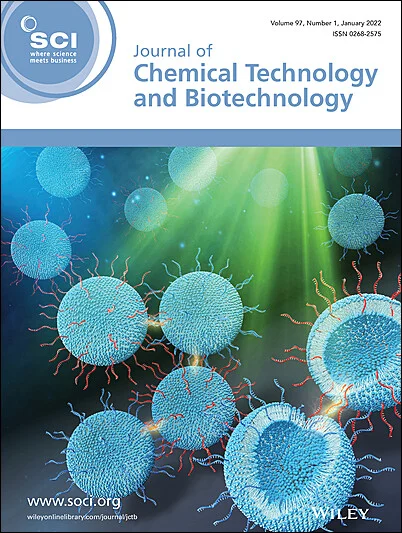Chemical coupling of biological magnetosomes with amine-functionalized therapeutic antibody conjugates
Abstract
BACKGROUND
Immunotherapy, particularly in cancer treatment, can be enhanced using antibody–drug or antibody–radionuclide conjugates. These conjugates disrupt cell signaling and induce cell death, requiring the targeted antigen to be highly expressed on tumor cells to avoid damage to healthy tissues. One promising strategy to improve delivery of antibody conjugates is the use of magnetosomes, biological magnetic nanoparticles, which can be guided to tumor sites using magnetic fields. However, most antibody–drug or antibody–radionuclide conjugates are functionalized using the antibody amine groups of lysine residues on the heavy chains. Therefore, these amine groups are no longer available to bind the antibodies to the magnetosomes.
RESULTS
Here, we explore an alternative approach to bind amine-functionalized antibodies to magnetosomes. Using sulfosuccinimidyl-4-(N-maleimidomethyl)cyclohexane-1-carboxylate as a crosslinker, the antibodies are chemically attached to the magnetosome membrane via thiol groups through antibody partial reduction. Our results demonstrate that this chemical process preserves the integrity and functionality of both magnetosomes and antibodies. Moreover, we prove that the produced magnetosome–antibody conjugates are stable under various in vivo-like conditions.
CONCLUSION
This coupling method offers significant advantages, enabling the coupling of therapeutic molecules to antibodies combined with the magnetic properties of magnetosomes. This new strategy aims to improve cancer therapy through targeted delivery and rapid accumulation at tumor sites. © 2025 Society of Chemical Industry (SCI).




 求助内容:
求助内容: 应助结果提醒方式:
应助结果提醒方式:


